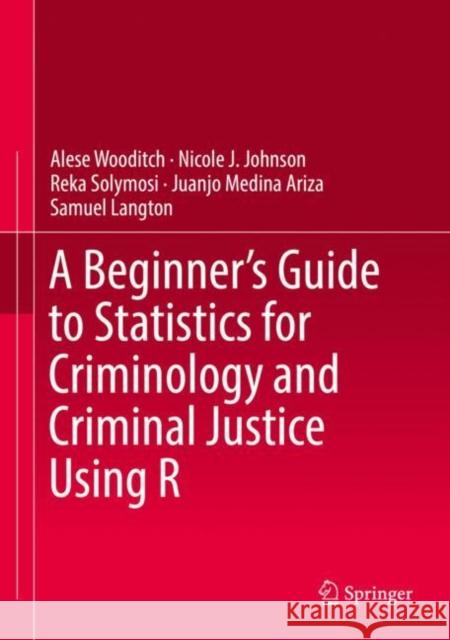A Beginner's Guide to Statistics for Criminology and Criminal Justice Using R » książka
topmenu
A Beginner's Guide to Statistics for Criminology and Criminal Justice Using R
ISBN-13: 9783030506247 / Angielski / Twarda / 2021 / 330 str.
Kategorie:
Kategorie BISAC:
Wydawca:
Springer
Język:
Angielski
ISBN-13:
9783030506247
Rok wydania:
2021
Wydanie:
2021
Ilość stron:
330
Waga:
0.81 kg
Wymiary:
25.4 x 17.78 x 2.06
Oprawa:
Twarda
Wolumenów:
01
Dodatkowe informacje:
Wydanie ilustrowane











